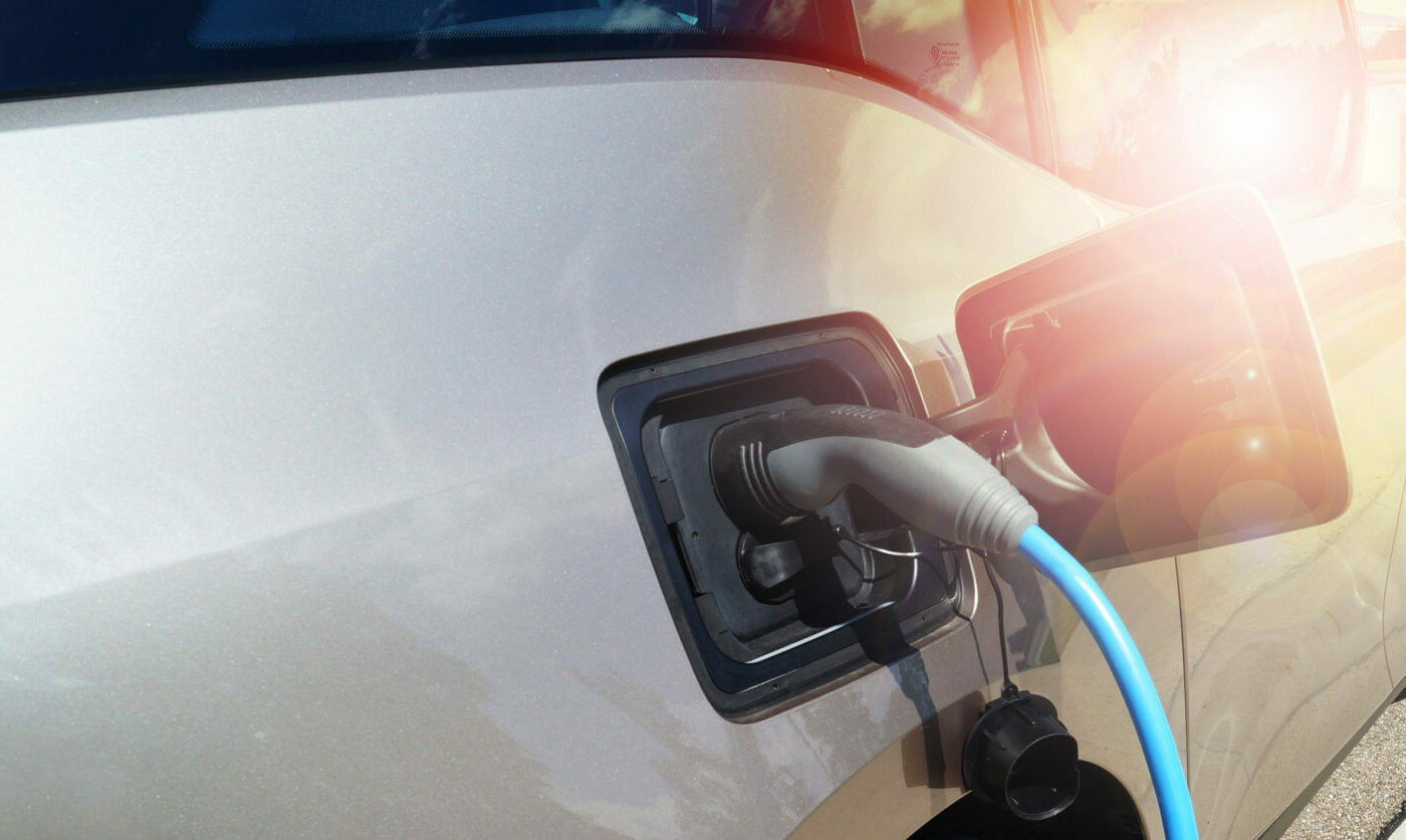EV Charging: Reducing Wait Times for Electric Vehicles
April 25, 2024

April 25, 2024

The use of electric vehicles (EVs) in Germany is gaining momentum. A growing number of charging stations are making it increasingly accessible and convenient to recharge electric cars. For example, Anna F. from Munich is driving an electric car on the highway. Her vehicle needs a fresh battery charge in about 45 minutes. No problem, Anna benefits from the latest app technology, which allows her to drive without worrying about range anxiety. A few clicks are enough for her to find an available charging station, including the costs for the charging process, and reserve it – all online and in real-time.
Approximately 108,000 publicly accessible charging points supply electric vehicles in Germany with electrical energy – a number that is on the rise. The charging stations are not only interconnected but also part of the Internet of Things (IoT), collecting detailed data on users’ charging behavior. By employing smart AI and data analysis tools, this data can be used by providers to enhance the customer experience and develop more intelligent pricing strategies.
The database for EV information is managed by Hubject, the operator of the world’s largest eRoaming platform for electromobility. Visualizing the data makes it easy to see how charging stations are distributed across Germany – from the busy streets of Berlin to the quiet corners of the Bavarian Alps.
valantic’s focus is on charging stations in southern Germany. We use these stations to initially gain basic insights from the datasets using machine learning (ML) and other advanced analysis methods to gain a comprehensive understanding of the current situation.

To predict the availability of charging stations, our data analysts group the collected data based on similar usage patterns. This makes it possible to break down the forecasting model into individual groups and identify which types of charging stations can make particularly accurate predictions. For implementing the algorithms, valantic’s software developers use Python and established libraries such as Pandas and Scikit-Learn. The Agglomerative Clustering algorithm helps to group charging stations, and we subsequently visualize the results using Matplotlib.
To evaluate the performance of the forecasting model, valantic employs a simple comparison model called a baseline model. This model uses the current state of the charging station as the basis for predicting future periods. There is also the option to use alternative baseline models, which, for example, rely only on the time of day. Within the valantic MLOps workflow, we use ‘mlflow’, a platform for tracking models, which allows us to efficiently compare different model iterations and validate the forecast.
A deeper dive into the details: The F1 score metric plays a crucial role in assessing model performance, especially in classifying unbalanced data. It considers both precision, which is the accuracy of predictions on the timeline, and sensitivity, which is the model’s ability to minimize false predictions. Thus, the F1 score is the harmonic mean of precision and sensitivity and ranges from 0 to 1, with 1 indicating the best possible performance.
The high prediction accuracy of the model, even over a period of three hours, promises reliable planning for EV drivers and operators. This can significantly help reduce uncertainty in finding available charging points while increasing the efficiency of the charging process. As a result, customer satisfaction improves. Furthermore, dynamic pricing models based on the model’s prediction accuracy could offer drivers more affordable prices if they are willing to make their charging times more flexible, potentially scheduling longer waiting times.
Integrating the trained forecasting model into charging point operators’ apps additionally creates the opportunity to set prices more intelligently based on expected utilization. By analyzing forecast data, operators can dynamically adjust their prices, control demand, and achieve more even utilization of charging stations. In times of lower demand, prices decrease, incentivizing EV drivers to charge their vehicles during these periods. In times of high demand, prices increase, preventing overload. Smarter pricing would not only improve the efficiency of the entire charging infrastructure but also maximize revenue for operators.
With the entry of electromobility into the mass market, user requirements have fundamentally changed. While previously mainly tech enthusiasts perceived electromobility as a technical challenge and enjoyed it, today the majority of consumers and electric car drivers expect a high level of comfort and user-friendliness. They demand intuitive solutions that not only make it easier to find the nearest charging station but also allow seamless integration into their daily lives. The availability of charging stations thus becomes a critical factor for the acceptance and success of electric vehicles in everyday life.
Providers of charging infrastructure face the challenge of meeting these changed requirements. They must not only ensure the physical availability of charging stations but also continuously improve the digital infrastructure in the form of user apps and services. The use of large databases and machine learning offers the opportunity to personalize the user experience and tailor it to the individual needs of drivers. For example, prediction models can not only show the real-time availability of charging stations but also provide recommendations for the optimal charging time and duration based on the driver’s individual usage profile.
The intelligent use of data analysis and machine learning enables support and optimization of the use of electric vehicles in Germany. Drivers can confidently travel with the help of intelligent apps and find charging stations when they urgently need them. For charging infrastructure operators, the technologies provide significant added value to attract and retain new customers. They enable smarter pricing models and make the electromobility ecosystem more sustainable and efficient.

Automotive Software Solutions
The use of powerful automotive software is essential to mastering the challenges of the automotive industry.
Don't miss a thing.
Subscribe to our latest blog articles.